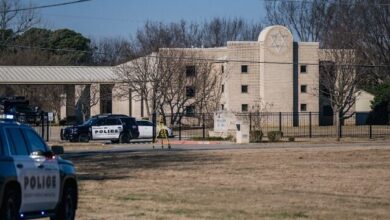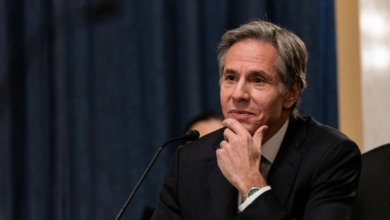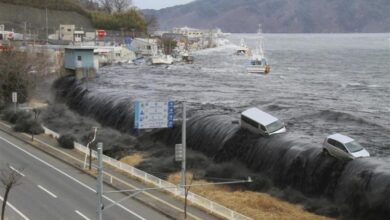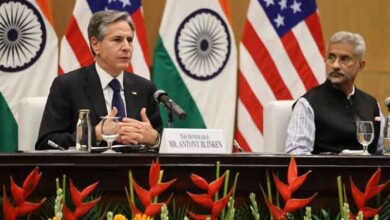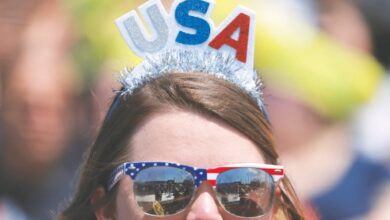Situationer: Battle for life among beeping ventilators and oxygen alarms
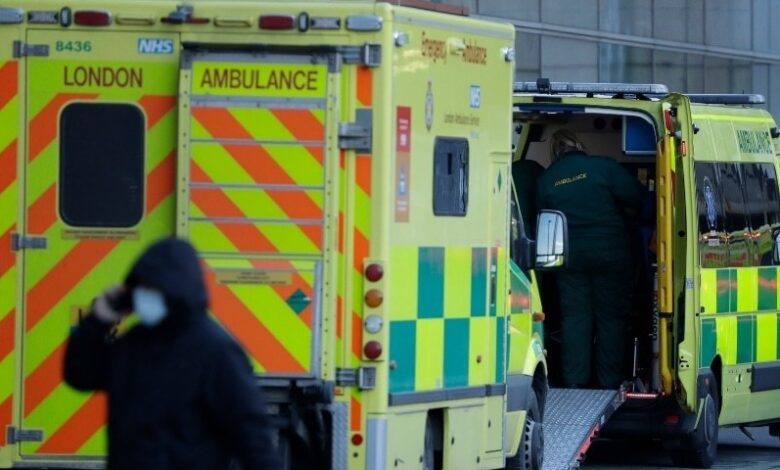
LONDON: I often rolled my eyes at sentimentality during the first wave. I bit my lip when people would refer to us as being on some sort of frontline. Things seemed too serious for that. Over the next 10 months, I would confront my own hypocrisy about engaging in that hyperbole. But as Iran and Italy seemed to have quite literally fallen, our consultants told us to ready ourselves for ‘disaster medicine’ and so, preparations began in earnest. Intensive care units were repurposed and tripled in capacity within 10 blurred days to take coronavirus patients from across the city and neighbouring counties.
In hospital, we received daily briefings on what would treat this virus and how best to prepare ourselves. Surreal spot checks began on buses and trains to see if travel was essential. As the sun shone outside and the spring of 2020 came, the world was told to shut itself away.
Our training for treating coronavirus patients started with learning how we would protect ourselves. Donning and doffing PPE (personal protective equipment) became the most precarious part of the job — both because one’s highest risk of catching the virus is highest when doffing dirty PPE and because the very same PPE had become precious as global supply chains buckled. There were no weapons here — only shields.
As one walked through the doors into the unit, the preceding silence was substituted by the chaotic beeping of ventilators and oxygen alarms. These units were almost perpetually dark, to aid delirious patients reorientate themselves to reality after often weeks of a dreamless sleep. Where one patient would usually be treated, three would lying adjacent to each other on their beds. Hardworking, stoic nurses rushed back and forth to organise blood gases, replace exhausted equipment and prone our comatose patients, being kept alive by design. Coronavirus patients are at once decimated by a deadly disease that is new but whose effects the medical world is well versed in dealing with – ARDS, kidney injuries, strokes and other assorted forms of ischaemia. Often the greatest challenge in treating coronavirus patients was remembering who was who. Sedated patients, unable to say who they are, with the same ravaging illness. Each patient had to be his or her own battle, one that we tried hard to win. There were no magic treatments for these patients — only time, oxygen and as we learnt, steroids.
For the first time in my career, I felt moved by the human cost of my work. It hit home particularly when patients presented to hospital in extremis and would require to be rendered unconscious, intubated and attached to a ventilator immediately. We would then offer them a chance to speak to their family, perhaps for the last time. Equally difficult were calls to families to explain that a loved one was to pass away soon and I could not even allow them the closure of visiting in his or her final moments. It made me think of my own family and how devastating either of the two scenarios would be for me personally.
As lockdowns and social distancing set in, masks and hand gels became the norm of life, case numbers turned from an exponential rise into a slow burn. There were success stories – of patients who went down to the medical wards and later, home. There was one who I still check up on now out of curiosity – who I was confident would not last what felt like the longest night of my (and his) life but is now back at work. Owing to the very obvious global interest in the pandemic, our efforts were being very keenly looked at. I detested the subsequent displays of adulation for health workers. I just wanted it all to be over so I could go home.
The next few months of relative quietude gave us all some breathing space. I looked at crowds in parks and museums with delight and dismay; the faint sound of ventilator alarms never left. But it has been a lonely year for everyone and I allowed normalcy to take over. There remained an unease in all our minds that it would come back. We would be called to action once more. It was finally on Christmas weekend that a deluge of over 60 moribund coronavirus patients trickled into the hospital, all destined for intensive care. It has not stopped since.
The same old schemes and plans, the redeployment of ‘surge’ staff and the repurposing of our hospital to be ready for a siege brought back unwelcome memories of spring. We have trained for this but make no mistake – we are sinking, the world over. It is calmness and reason that that will get us through however, not mayhem and confusion. We go. Every shift, to be ready to take the worst of this virus and support patients as they fight. We ready ourselves outside the unit once more, pick up our masks, gowns and we go. To battle.


